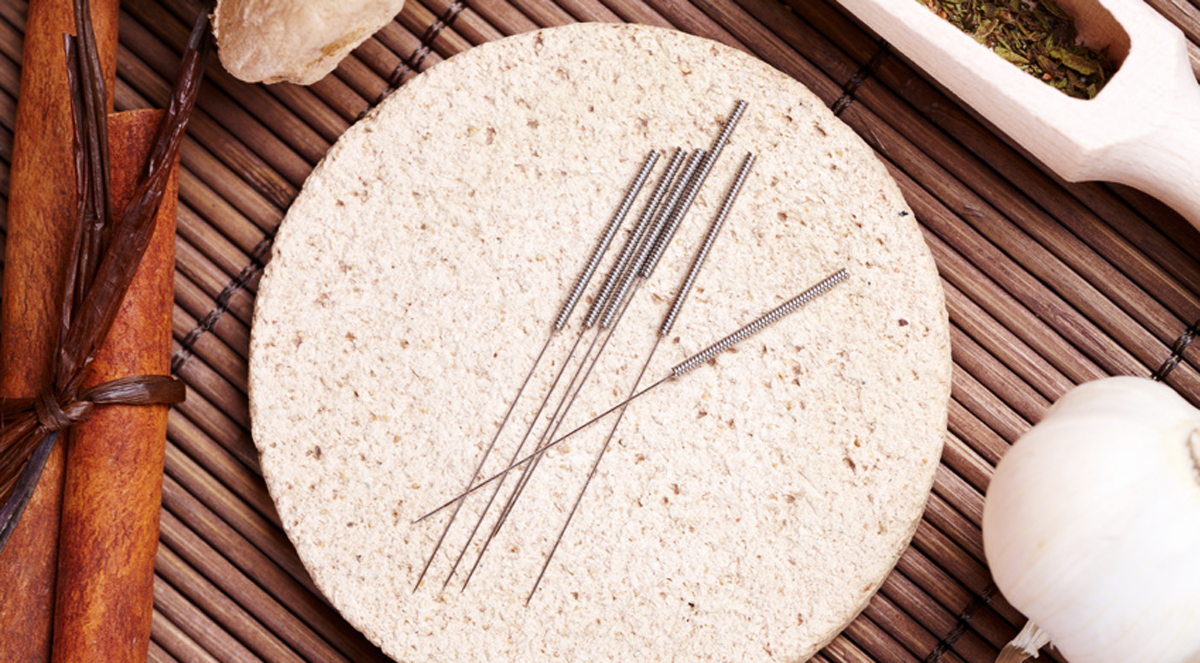
Welcome!
If you are here, you are more than likely already interested in receiving Acupuncture treatments. Acupuncture is just a small part of all of the different procedures and techniques that exist within the scope of Traditional Chinese Medicine, which entails many more things. During your visit to your acupuncturist, you may hear certain terms that are not common within any other practice. This small series is designed for you, as a patient, to be able to understand what it is that your acupuncturist plans to do, in order to maximize your treatments.
Acupuncture – it is the insertion of small, sterile needles, through the skin and into the body, at points that are designed to have a specific effect on the body. At our clinic, and most of the US, we use single-use needles that are discarded after each treatment.
Electro-Acupuncture – after acupuncture needles are inserted, metal clips are connected with the intention of sending a small electrical current that originates from a battery-operated device. The electrical current is meant to give stimulation to the region in which the needles are inserted.
Moxibustion – Also referred to as the application of moxa, it is the use of mugwort, a traditional Chinese herb, that has a smoky aroma when lit, in order to create a warm sensation in the body. There are typically three methods that are used in our clinic:
a) Indirect moxibustion – a stick of mugwort with burning embers is held over the skin to create the warming sensation
b) Direct moxa – rice grain sized balls of mugwort are placed onto the skin at specific locations and burned with an incense stick
c) Warming needle – a marble sized ball of mugwort is placed onto a needle and lit
Plum Blossom – a hammer that has seven needles (often called a Seven-Star needle) is used to tap a specific area in the body. In some cases, a small amount of bleeding may occur. The idea is to increase the amount of blood flow to a specific body part.
Gua Sha – this is a type of treatment that uses a tool, traditionally made of cow horn, jade or ceramic, which is vigorously rubbed against the skin. A small amount of redness and bruising can result from these treatments. Nowadays, this style of treatment is called Instrument Assisted Soft Tissue Mobilization (IASTM). At the office, we use stainless steel instruments from HawkGrips, which we can disinfect without a problem.
Cupping – it is the use of cups, that are made either out of bamboo, plastic or glass, which are then heated and placed on the skin. The heat creates a vacuum type of suction, and a pull is created by the cup against the skin. This type of therapy is usually used for pain management. Skin bruising and discoloration may occur. At our clinic, we use both glass and plastic cups, so you may choose whichever fits your preference.
Bleeding Technique – also known as bloodletting, a puncture wound is performed with a Plum Blossom, or more typically a lancet, in order to release accumulated blood in the area. This may be combined with cupping, in order to maximize the effect.
Herbal Prescriptions – one of the most complex aspects of Traditional Chinese Medicine, it is the use of Chinese Medical herbs and the many forms that they can take. These can be in pill form, raw herbs, tinctures, liniments, pastes and plasters, decoctions or infusions. You will be instructed in the proper usage and dosage of each herb, which may be internal consumption or an external application. Due to the varied nature of Chinese herbs, you should notify us if you have any allergies in order for us to ensure that we can tailor our prescriptions to your best need.
This post was meant for patients and prospective patients to be able to understand the procedures that happen in our office. Part 2 in this blog series will focus more on concepts that are present in Chinese Medicine, such as Heat, Cold, Yin and Yang, and their relationship with the body. This entry will aid you in understanding your practitioner as he or she is diagnosing you.

Leave a Reply